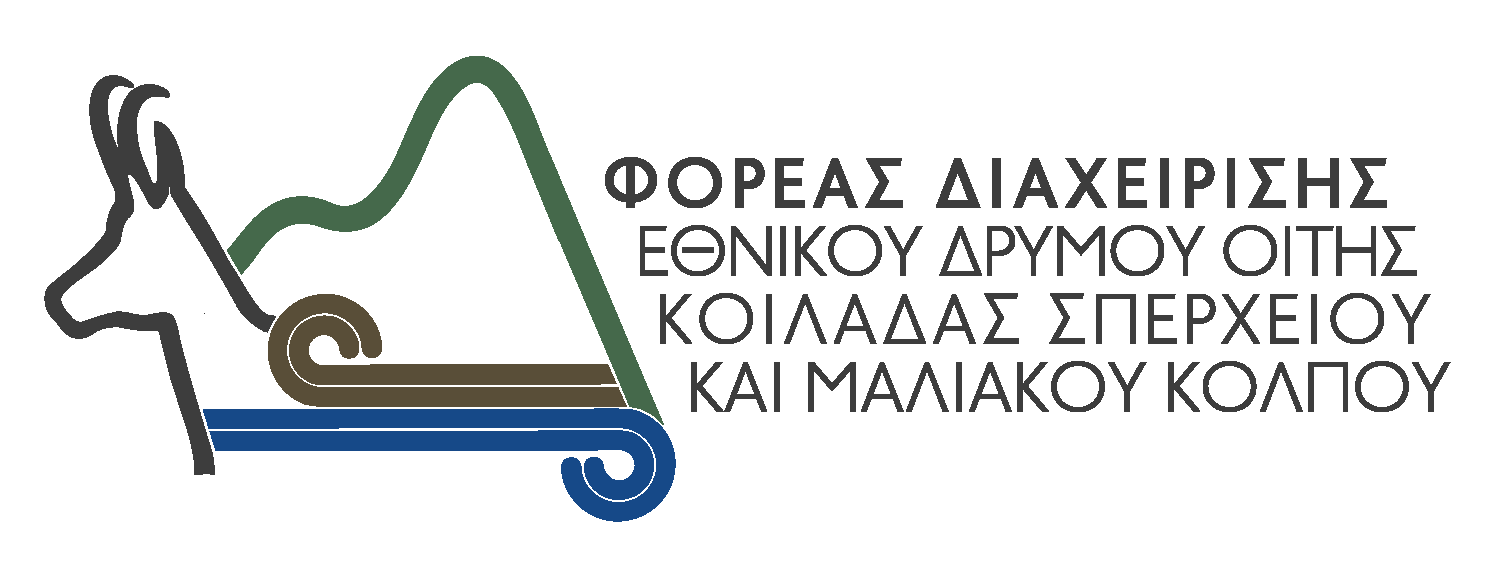As far as the mammals of Oiti, and especially the big ones, are concerned, the Balkan chamois (Rupicapra rupicapra ssp. balcanica), is of the most important ones. In Greece, according to the existing up to the present data, it is found in Pindos, in Central Greece (Oiti, Giona, Vardousia), on Olympos, Rodopi and on the mountains along our borders with FYROM and Albania (Tzena, Pinovo, Nemertsika). However, its presence in Oiti is extremely important, since Oiti together with neighboring Mts Giona and Vardousia form the southernmost spreading limit of the species at a worldwide level. Besides, this is the reason why the Balkan chamois was chosen as the symbol of Mt Oiti National Park as well as of the Management Body. Its population in Oiti is estimated to be very small and, at a local level, critically endangered. It lives in inaccessible areas of the mountain, such as steep cliff faces, precipices and rocky areas and the female, usually, gives birth only to one baby in May. Its most basic threat is hunting, which has been officially forbidden in our country since 1969. Likewise, another important threat is the chase of Balkan chamois by hunting dogs that are usually found in their habitat. Frequently, people confuse it with the Cretan wild goat (Capra aegagrus ssp. cretica), that notably lives in Lefka Ori, in Crete. The two species have a relatively close relation, but their origin as well as their evolutionary course, their morphological characteristics, their habits and their geographical distribution differ to a great extent.
Another mammal that one can meet in Oiti, is the wolf (Canis lupus). The population of wolf in Oiti seems to have demonstrated an increase during the last 10 years, following a return course that begun in the 1980s decade. According to a recent survey (2012), it is estimated that nowadays there are 1-2 reproductive packs of wolves with territories that extend to the wider area of Mt Oiti, creating a small but permanent population that consists of few individuals of the species. The wolf’s reappearance is initially related with the amelioration of the legal framework concerning the protection of the species, since its bounty as a harmful species has ceased since 1981, while since 1992 it has been included in the species of the Directive 92/43/EEC. The restriction of human activities (such as mountainous cultivations) in its distribution areas, as well as the decrease of the big number of cattle of intensive cattle-breeding have also contributed to its reappearance. Moreover, the wolf has a quite high reproductive potential and a special ability to settle in new areas through the dispersion in big distances, after finding the proper habitat and adequate food.
The presence of the brown bear (Ursus arctos) in Oiti (a species threatened with extinction in Greece) is also very important, since it forms the south-easternmost point of the species distribution in Greece, but in Europe as well. Oiti has been a quite recently settled area of the species distribution after the period 1991-1995. According to the latest data (2012), the population of the brown bear in Oiti is estimated as rather small, but permanent, with the species being propagated every 3-4 years approximately.



